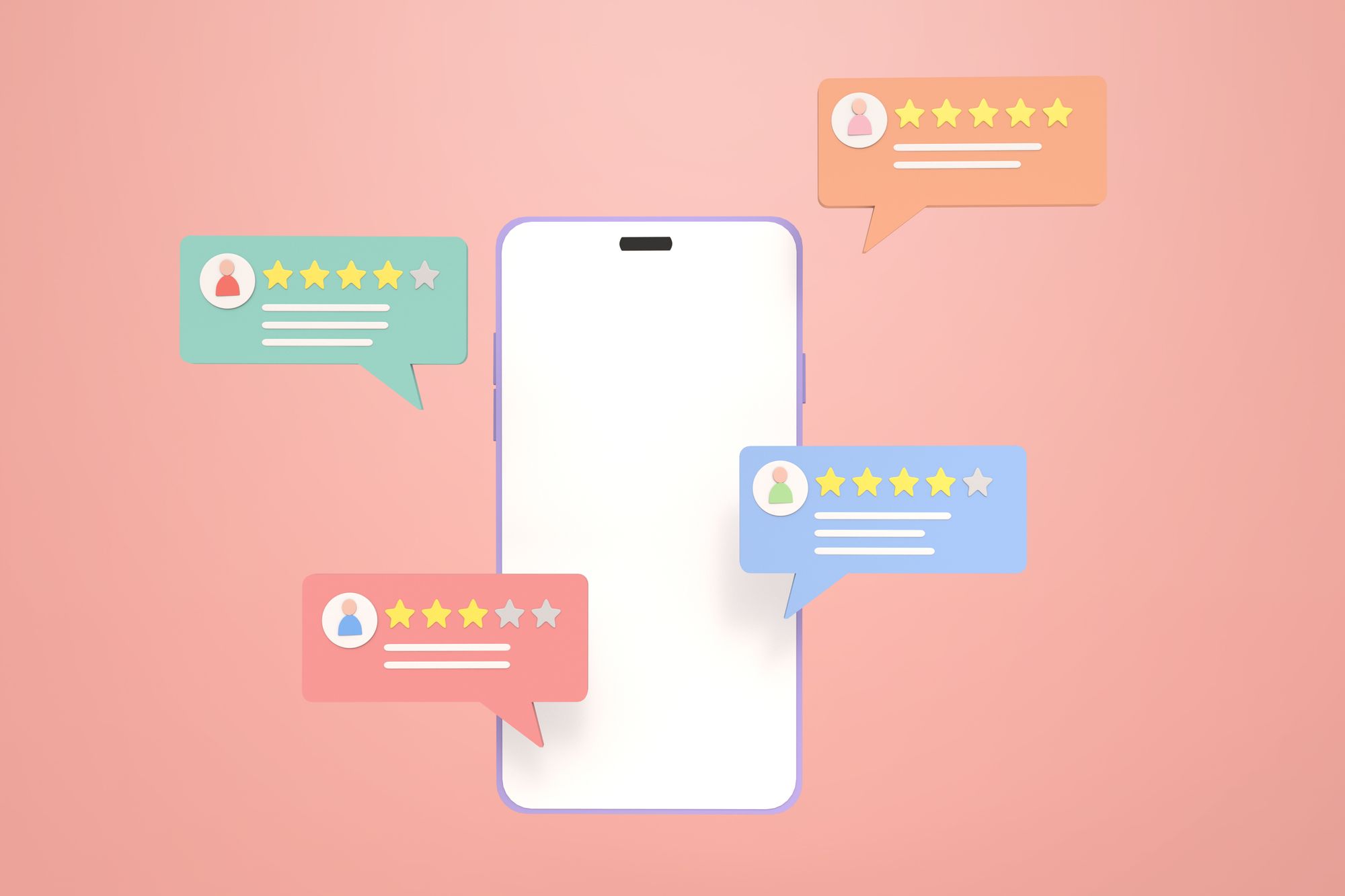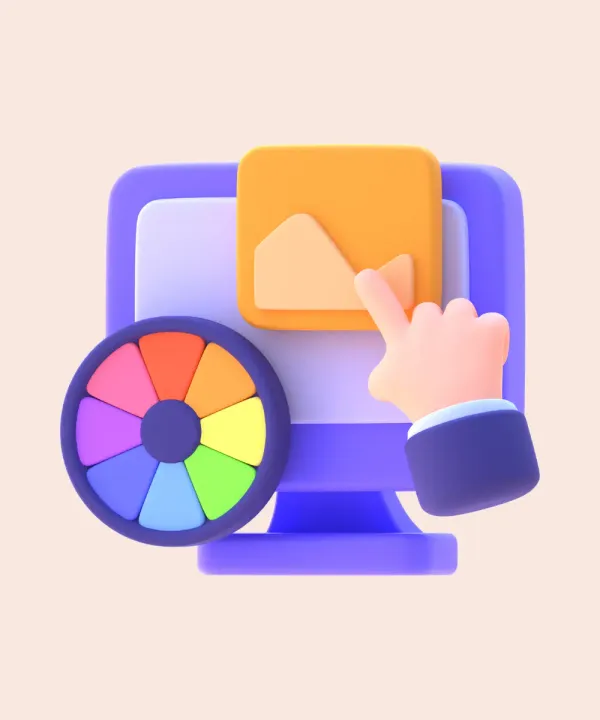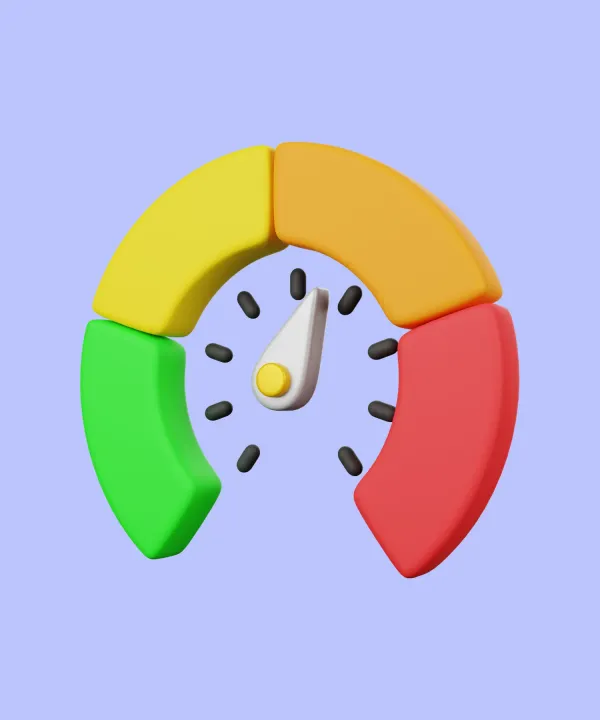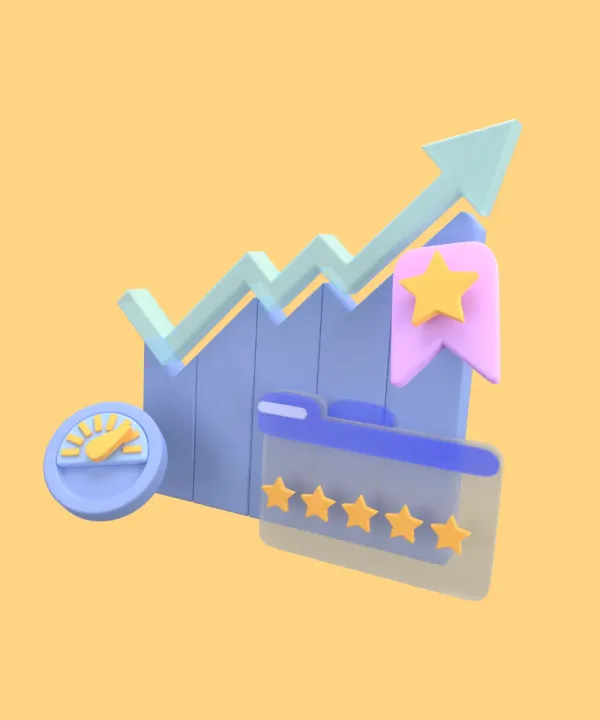In the bustling digital marketplace, mobile apps are instrumental, catering to various user needs, from shopping and learning to gaming and socializing. However, with a staggering number of apps competing for attention in the App Store and Google Play Store, carving out a niche for your app is no small feat. While the process begins with crafting an exceptional app, the journey to its success navigates through a critical pathway - ensuring the app gets noticed by the right users. This brings us to the realm of App Store Optimization (ASO). In this comprehensive guide, we will demystify the science and art of ASO, providing an in-depth strategy to enhance your Flutter app's ranking to a prime position on the app store search results.
Understanding App Store Optimization

What is App Store Optimization?
App Store Optimization, popularly known as ASO, is a systematic and strategic approach aimed at improving an app's visibility, consequently boosting its rank within the search results of an app store. If you're familiar with Search Engine Optimization (SEO) for websites, then you can consider ASO as its counterpart for mobile apps. The ultimate objective of ASO is to elevate the app's rank in search results, thereby enhancing its visibility to potential users, leading to an increased number of organic downloads.
ASO is more than a mere game of algorithms. While algorithms play a significant role in determining the app's rank, the user's perception of your app, influenced by factors such as the app's title, icon, screenshots, and user reviews, also hold substantial weight in the ASO process.
Importance of ASO
In the current app ecosystem, the competition is stiff. There are over 2 million apps in the Apple App Store and even more in the Google Play Store. In such a scenario, ASO is not a luxury; it's a survival tool. It's an essential ingredient in the recipe for your app's success. Here are some compelling reasons why ASO should be an integral part of your app marketing strategy:
- Enhanced visibility: The digital marketplace is crowded, and it's easy for your app to get lost in the crowd. ASO amplifies your app's visibility, making it easier for potential users to discover it amid millions of other apps.
- Cost-efficiency: User acquisition can be an expensive affair, especially if you're relying on paid advertising campaigns. ASO, on the other hand, boosts organic downloads, thereby reducing the cost of user acquisition.
- Staying ahead of the competition: The app market is fiercely competitive. An effective ASO strategy can give your app a competitive edge, helping it stand out, attract attention, and stay ahead of its competitors.
- Improved conversion rates: ASO is not only about visibility; it's also about conversion. It's about persuading the user to click on your app when it appears in search results and motivating them to hit the download button. A well-optimized app listing can significantly improve conversion rates.
App Store algorithms
App store algorithms are the key to understanding ASO. They determine which apps appear in the search results and their order of appearance. While each app store may have a unique algorithm, they all consider certain common factors, such as the app's title, keywords, the number of downloads, and user ratings and reviews.
Understanding the app store algorithms can give you a competitive advantage. It allows you to tailor your ASO strategies to what the algorithms value the most, increasing your chances of climbing the app store search rankings.
Core Elements of ASO

Understanding the pillars of ASO is crucial to building a successful ASO strategy. Each component plays a unique role in determining your app's visibility and rank in the app store search results. Let's delve into each of these components and understand their significance:
App title and subtitle
The app title and subtitle are perhaps the most critical components of ASO. They serve two primary purposes: informing the user about the app and informing the app store about the app's purpose.
The title should be unique, descriptive, and incorporate the main keyword. It's the first thing a potential user sees, and it should accurately and compellingly convey what the app does.
The subtitle, although shorter, provides additional context and further opportunities to include relevant keywords. It can highlight the unique features or benefits of your app, further piquing the user's interest.
Keywords
Keywords are the linchpin of ASO. They are the words or phrases that potential users type into the app store search bar when looking for an app. Your app's visibility and ranking depend heavily on your keyword selection and placement in the app's metadata.
Keyword optimization involves identifying high-volume, relevant, and low-competition keywords and strategically placing them in your app's title, subtitle, and description.
App description
The app description is your opportunity to sell your app to potential users. It should concisely explain what your app does, its key features, and what benefits it offers to the users. It should be written in a user-centric manner, easy to understand, and persuasive.
The app description should also include relevant keywords. However, the inclusion of keywords should be natural and not appear forced. Keyword stuffing can lead to a poor user experience and could potentially harm your app's ranking.
Ratings and reviews

Ratings and reviews are powerful social proof that can significantly influence a user's decision to download an app. They also play a crucial role in the app store's ranking algorithm.
Encouraging users to rate and review your app can improve its reputation and visibility. Responding to reviews, both positive and negative, can further enhance your app's image and show users that you value their feedback.
App icon
Your app's icon is the visual representation of your app. It's one of the first things a user sees when they come across your app in the app store.
A well-designed, eye-catching icon can capture a user's attention and increase the likelihood of them clicking on your app. Your icon should reflect your app's purpose, be visually appealing, and stand out from the competition.
App screenshots and video previews
Screenshots and video previews provide users with a visual glimpse of your app's user interface and functionality. These visuals are powerful persuasion tools that can influence a user's decision to download your app.
When designing your screenshots and video previews, focus on highlighting the most exciting and useful features of your app. They should be visually appealing, informative, and representative of the user experience your app offers.
Enhancing ASO for Your Flutter App

With a clear understanding of ASO's critical components, it's time to delve into more advanced strategies. These strategies aim to optimize each element of your app's listing, enhancing its visibility and ranking in the app store search results.
1. Keyword optimization
Keyword optimization forms the foundation of your ASO strategy. It involves identifying the most relevant and effective keywords and strategically incorporating them into your app's metadata. Here's how you can master keyword optimization:
Research
Keyword research is the first step towards effective keyword optimization. It involves identifying keywords that are relevant to your app, have a high search volume, and low competition.
Implementation
Once you've identified your keywords, the next step is to incorporate them into your app's title, subtitle, and description. The placement of keywords should appear natural and not forced.
Monitor and update
Keyword trends can change over time, making it essential to regularly monitor and update your keywords. Tools such as Google Analytics can help you track the performance of your keywords and identify new keyword opportunities.
2. Encourage ratings and reviews

Ratings and reviews can significantly impact your app's ranking and visibility. They serve as social proof, enhancing your app's credibility and persuading users to download it. Here's how you can cultivate ratings and reviews:
Encourage user reviews
Encourage users to review your app. This could be done through in-app prompts, email campaigns, or social media requests. However, it's important to time your prompts wisely. For instance, it's best to ask for a review when a user has achieved a milestone or had a positive experience with your app.
Respond to reviews
Responding to reviews, both positive and negative, shows that you value user feedback. It can enhance user satisfaction and encourage more reviews.
3. A/B Test Everything
A/B testing involves creating two versions of your app listing and determining which one performs better. You can test various elements of your app listing, including the title, subtitle, icon, screenshots, and description. Here's how you can leverage A/B testing for ASO:
Create variations
Create two versions of your app listing, each with a different version of the element you want to test. For instance, you could create two different app icons and see which one gets more clicks.
Measure performance
Use app analytics to measure the performance of each version. Analyze click-through rates, conversion rates, and other relevant metrics.
Implement changes
Based on your A/B test results, implement the changes that led to better performance. For instance, if one app icon resulted in a higher click-through rate, consider using that icon for your app.
4. Localize your app
In an increasingly globalized world, reaching users across different countries and regions means adapting your app to various languages, cultural nuances, and local preferences. This is where localization comes into play. Localization is the process of tailoring your app and its app store listing to make it more user-friendly and relevant to different target markets.
Localizing your app can significantly improve the user experience, resulting in increased downloads, user engagement, and retention in each target market. Remember, a well-localized app not only speaks the language of the users but also understands their culture and meets their unique needs.
5. Regular updates

In the fast-paced digital world, user preferences, technology trends, and market dynamics are constantly changing. To keep up with these changes and ensure your app remains relevant and competitive, regular updates are crucial.
Each update is also an opportunity to re-engage your users. Whenever you roll out an update, it's a good practice to update your app's description to highlight what's new. This could be anything from new features and improvements to bug fixes. By communicating these updates to your users, you can pique their interest, encouraging them to revisit your app and explore the new additions.
6. Creating a strong online presence
Creating a strong online presence is a powerful way to support your ASO efforts. It involves building a comprehensive digital footprint across multiple channels to increase your app's visibility and credibility.
A dedicated website for your app can serve as a central hub for all information about your app. It can provide detailed information about the app's features, benefits, and updates, house user testimonials, and offer customer support.
Social media platforms are another excellent channel to increase your app's online presence. Regular updates on platforms like Facebook, Twitter, Instagram, and LinkedIn can help you engage with your audience, get feedback, and drive traffic to your app's listing on the app store.
Remember, a strong online presence can not only boost your app's ranking in the app store but also create a buzz around your app, attract potential users, and foster a community of loyal users.
Conclusion
The realm of ASO is ever-evolving, mirroring the dynamic nature of the app marketplace. With changing algorithms, shifting user preferences, emerging market trends, and growing competition, enhancing your Flutter app's app store ranking is not a one-time effort; it's an ongoing journey.
However, it's a journey worth embarking on. While it may be complex and time-consuming, it brings substantial rewards - your app reaching the pinnacle of app store search results, standing out in the crowded app marketplace, and attracting a steady stream of organic downloads. If you are preparing to launch your Flutter mobile app, consider reading our 10 Steps to a Successful Flutter Mobile App Launch guide to ensure a smooth and successful app launch. As a company specializing in flutter mobile app development, we understand the dynamics of this journey and are here to help you navigate through each step.











